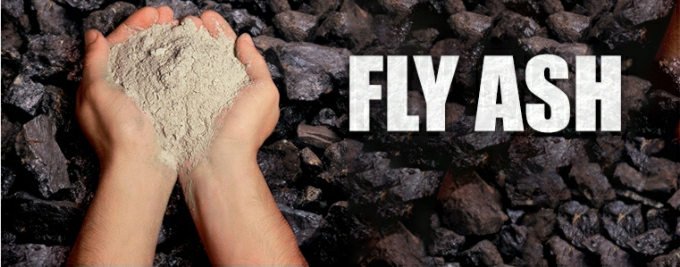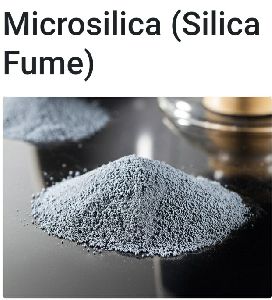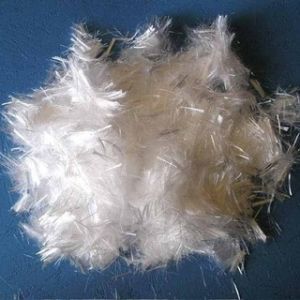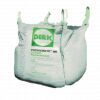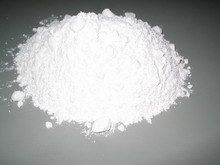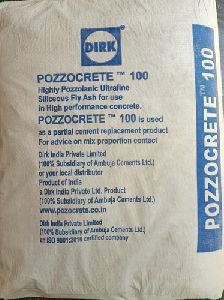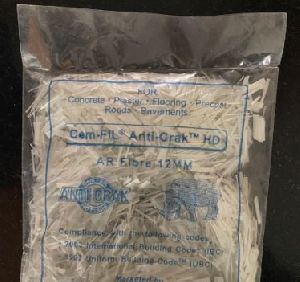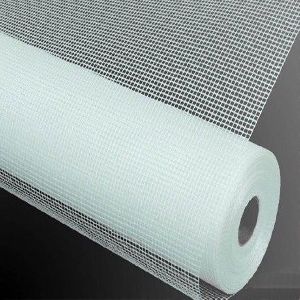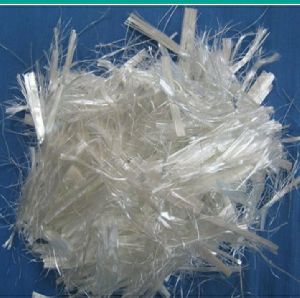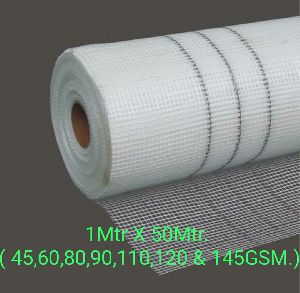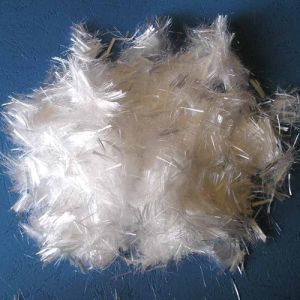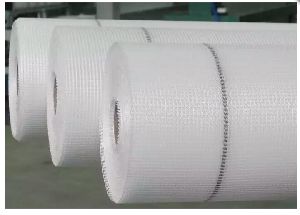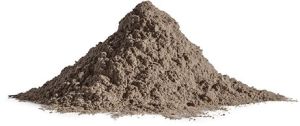Katargam, Surat, Gujarat
- GST NO. : 24CNKPS4030D1Z8
Fly Ash
| Business Type | Exporter, Supplier, Retailer, Wholesaler, Trader, Distributor |
| Country of Origin | India |
| Type | Ash Powder |
| Certification | ISO 9001:2008, Is 3812 PART - 1 |
| Click to view more | |
Preferred Buyer From
| Location | India ( Gujarat, Madhya Pradesh, Maharashtra, Rajasthan only) & All other countries |
Product Details
Why Fly Ash? What is fly ash? Fly ash is the finely divided residue that results from the combustion of pulverized coal and is transported from the combustion chamber by exhaust gases. Over 61 million metric tons (68 million tons) of fly ash were produced in 2001. Where does fly ash come from? Fly ash is produced by coal-fired electric and steam generating plants. Typically, coal is pulverized and blown with air into the boiler's combustion chamber where it immediately ignites, generating heat and producing a molten mineral residue. Boiler tubes extract heat from the boiler, cooling the flue gas and causing the molten mineral residue to harden and form ash. Coarse ash particles, referred to as bottom ash or slag, fall to the bottom of the combustion chamber, while the lighter fine ash particles, termed fly ash, remain suspended in the flue gas. Prior to exhausting the flue gas, fly ash is removed by particulate emission control devices, such as electrostatic precipitators or filter fabric baghouses (see Figure 1-1). Where is fly ash used? Currently, over 20 million metric tons (22 million tons) of fly ash are used annually in a variety of engineering applications. Typical highway engineering applications include: portland cement concrete (PCC), soil and road base stabilization, flowable fills, grouts, structural fill and asphalt filler. What makes fly ash useful? Fly ash is most commonly used as a pozzolan in PCC applications. Pozzolans are siliceous or siliceous and aluminous materials, which in a finely divided form and in the presence of water, react with calcium hydroxide at ordinary temperatures to produce cementitious compounds. The unique spherical shape and particle size distribution of fly ash make it a good mineral filler in hot mix asphalt (HMA) applications and improves the fluidity of flowable fill and grout. The consistency and abundance of fly ash in many areas present unique opportunities for use in structural fills and other highway applications.
Looking for "Fly Ash" ?
Explore More Products


